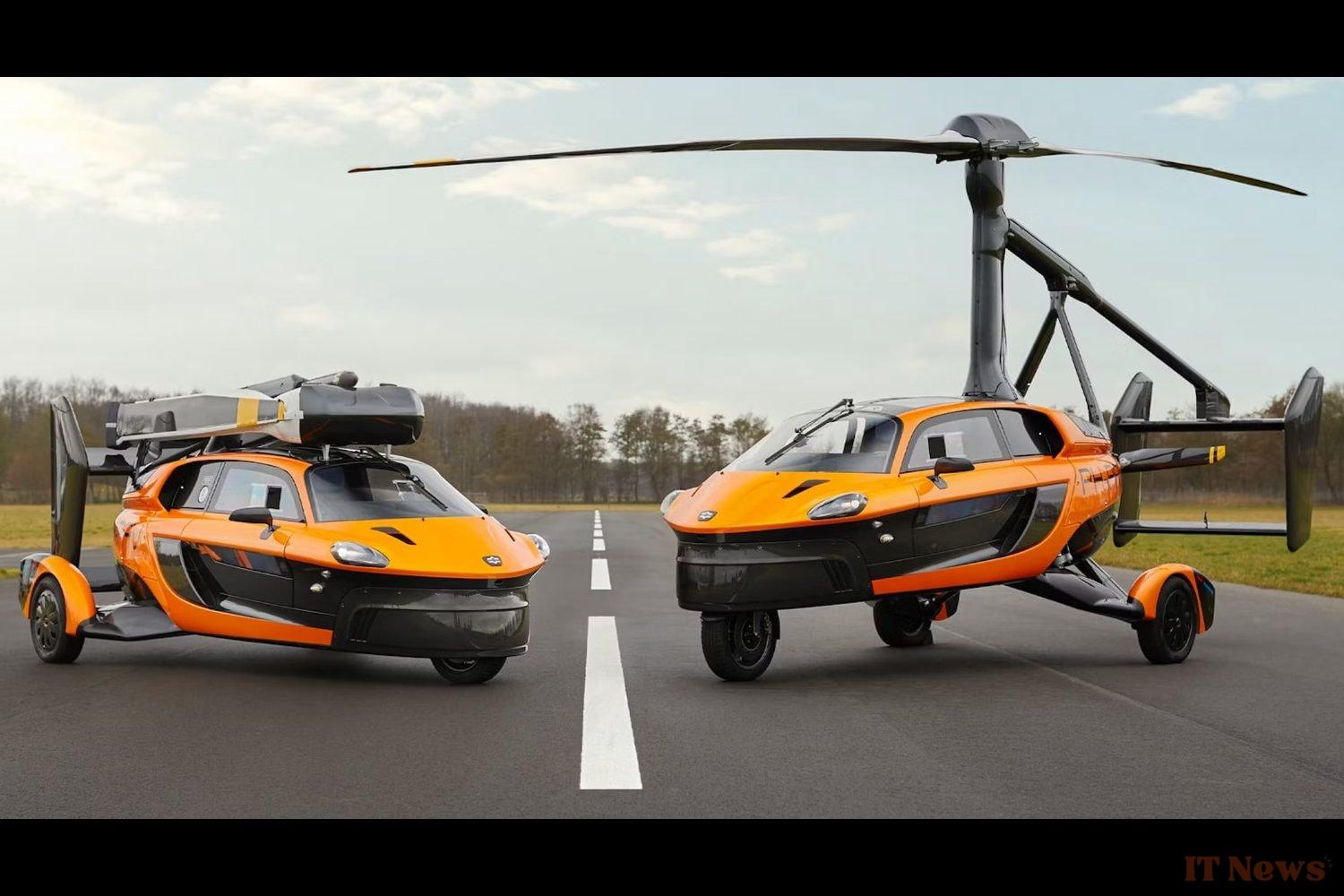For more than fifteen years, the Dutch company PAL-V has been working on a strange machine: a car that can drive on the highway, then transform into an autogyro to take off from an airfield. This hybrid machine, called Liberty, has just won a precious prize: the European Aviation Safety Agency (EASA) has validated its aviation certification program. In short, there are "no technical obstacles" to its launch on the market.
A vehicle for the ultra-rich
This type of approval, called "no technical objection" in the jargon, is a first for a vehicle of this type. The Liberty has already had the right to drive since 2020. It now ticks almost all the boxes to obtain its flight certification. The vehicle runs on a combustion engine, travels at 160 km/h and can reach an altitude of 3,000 meters. In terms of autonomy, it can travel 1,300 km on the road and 500 km in the air. The transformation from road mode to flight mode takes less than ten minutes: simply deploy the rotor and the rear propeller, then slightly raise the chassis.
Don't get out your credit card just yet: this flying car is not for the average person. Expect to pay at least 299,000 euros for the basic model (and up to 799,000 dollars for certain versions). You will also need to obtain your pilot's license - or at least a microlight license - in addition to your driving license. And there's no question of taking off from just anywhere: an approved airfield is essential.
Despite Despite these constraints, the Liberty has already found buyers: around a hundred firm orders and nearly a thousand purchase intentions. The manufacturer has even signed a partnership with a Dubai company for more than 100 units. The Emirates expects to see these cars flying by 2027, and PAL-V promises a machine adapted to extreme conditions, such as desert sand.
In parallel with certification, PAL-V is already working on the future of the vehicle. The company is working on more sustainable adaptations of the Liberty, including the use of alternative fuels and carbon-neutral propulsion systems. "Getting to market quickly has always been our goal," says Robert Dingemanse, CEO of PAL-V, "but there are no shortcuts when it comes to safety."
The Liberty is aimed at several audiences: the curious wealthy, emergency services, border patrols, and even companies looking to impress. For PAL-V, the goal is clear: to prove that the FlyDrive concept is not a living room gadget but a real mode of transport, provided you have the budget and the right papers.



0 Comments